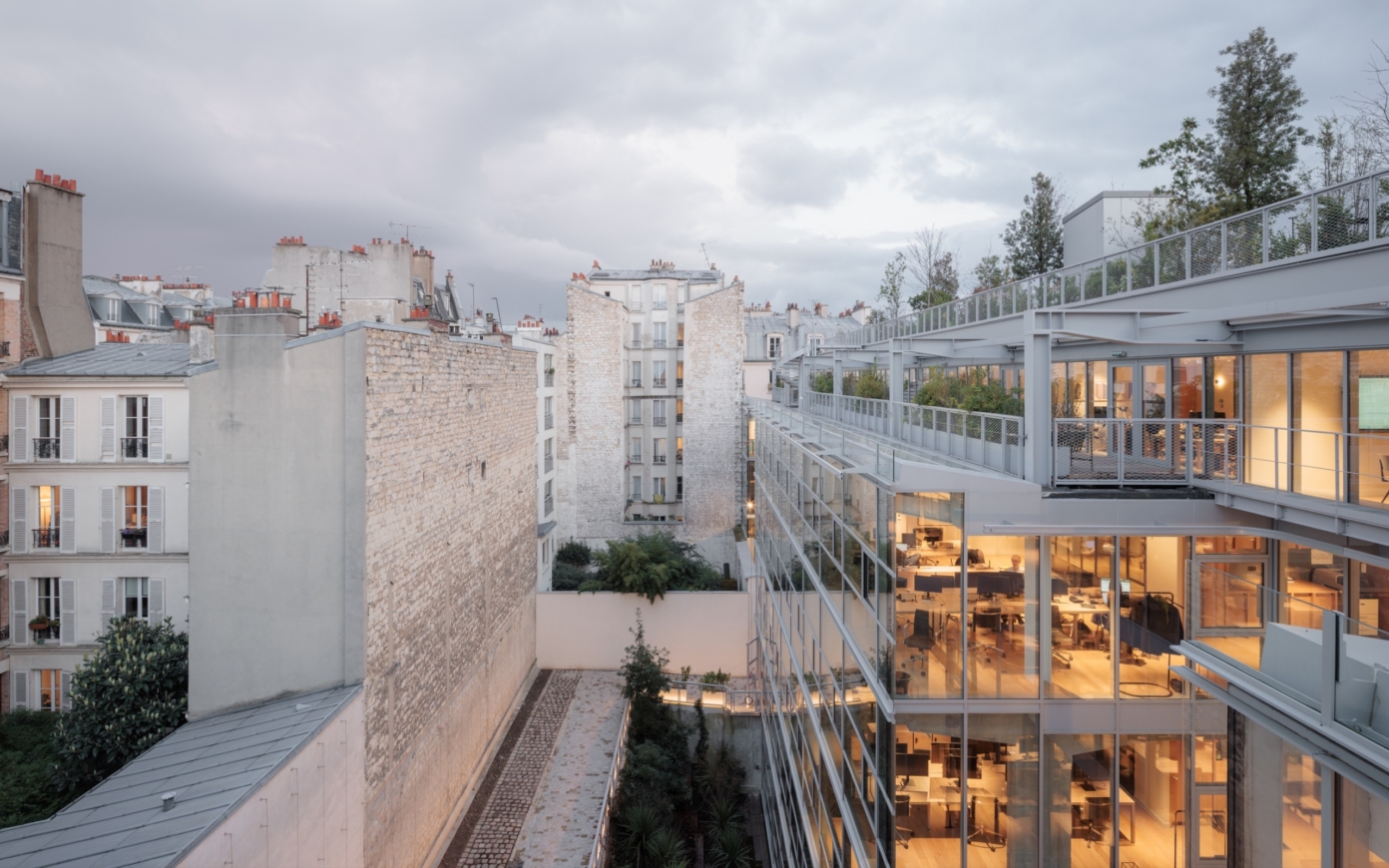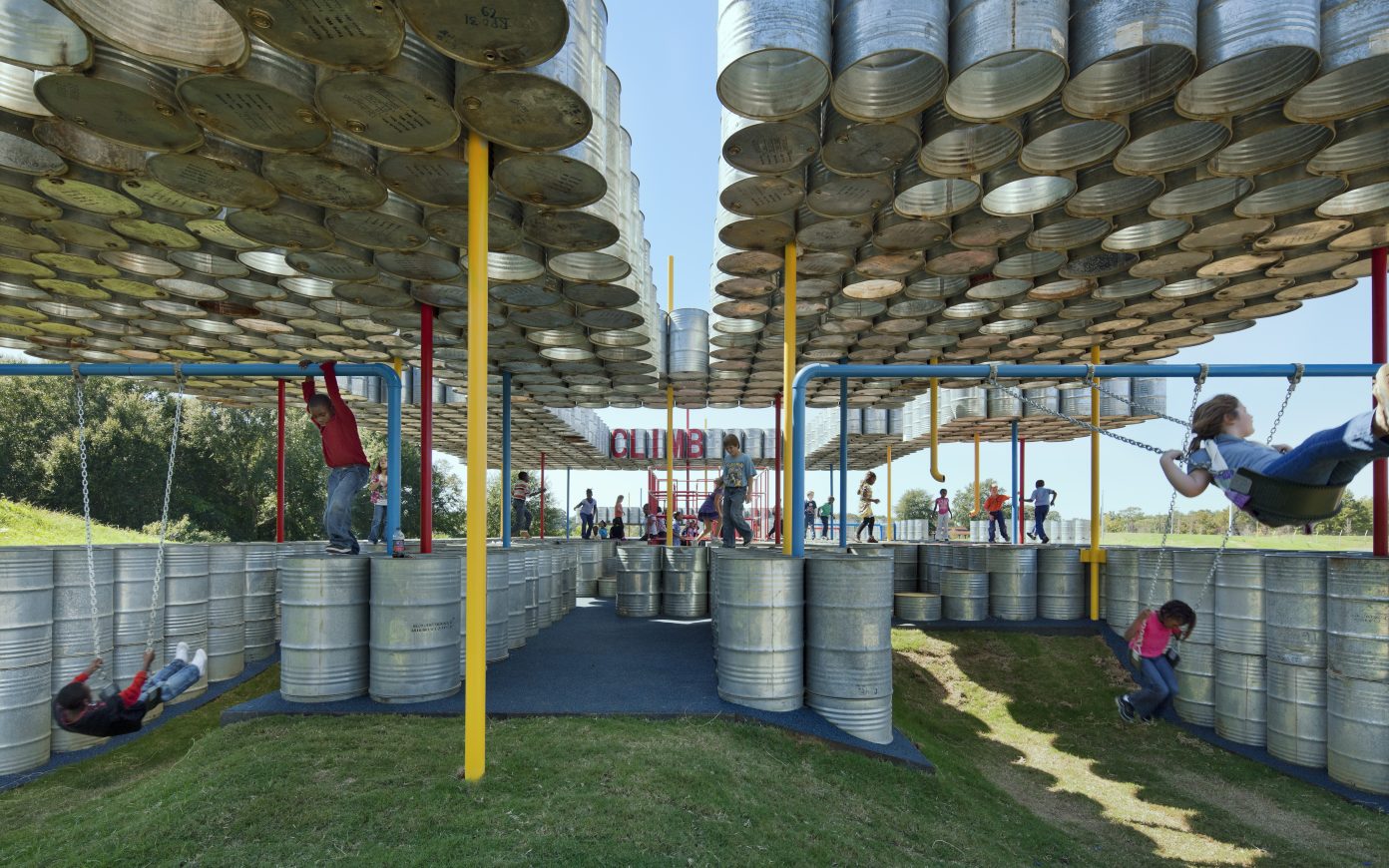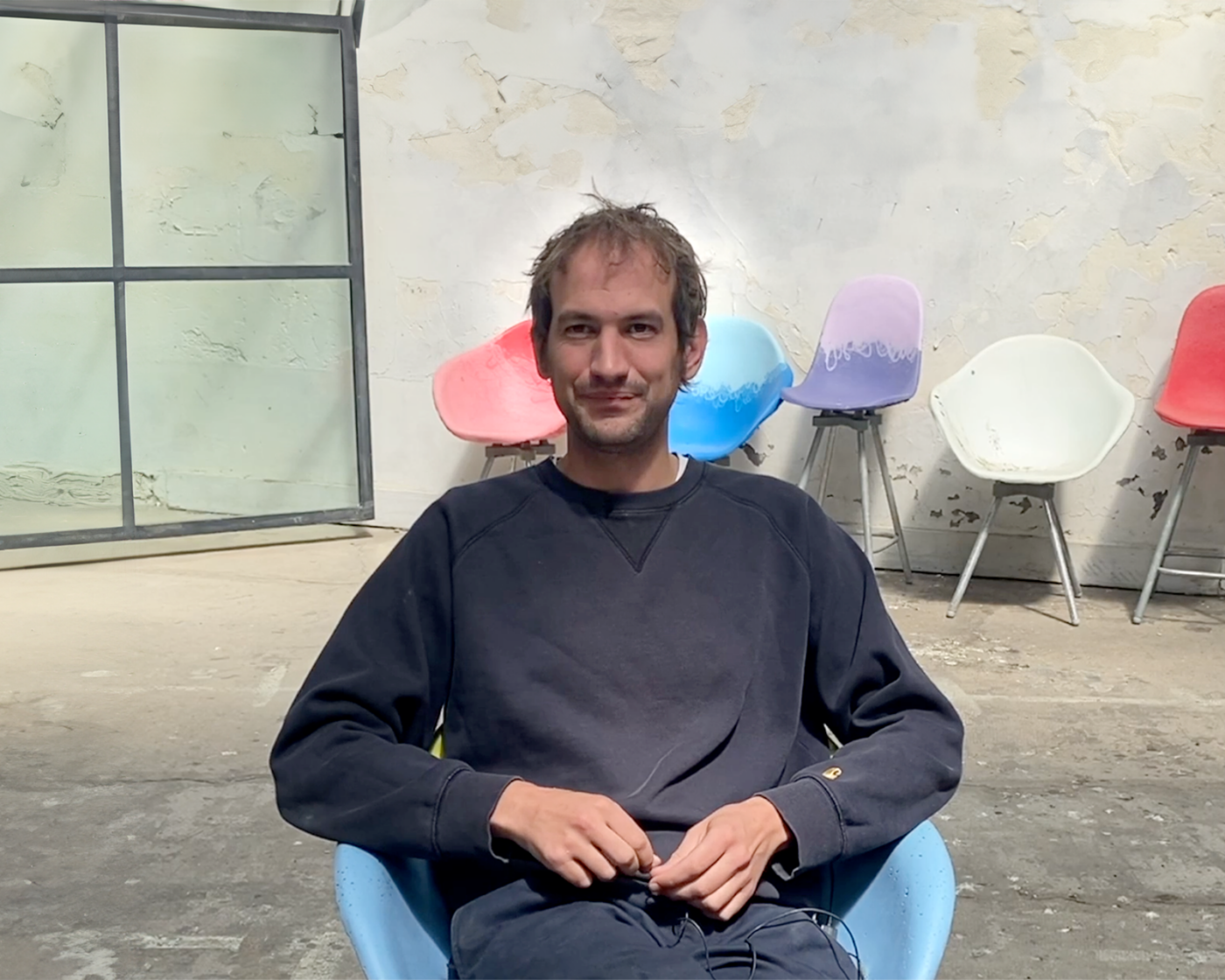In the heart of Les Batignolles, PCA-STREAM is restructuring a former parking lot into a mixed-use complex of hotels, restaurants and offices. Based on the atypical and industrial dimension of the existing building, but also on the cultural and artisanal heritage of the neighborhood, the agency has chosen to infuse it with a spirit that emphasizes innovation and creativity. An emblematic central space physically and symbolically articulates the programs by offering cultural and event-based activities.
Hotel
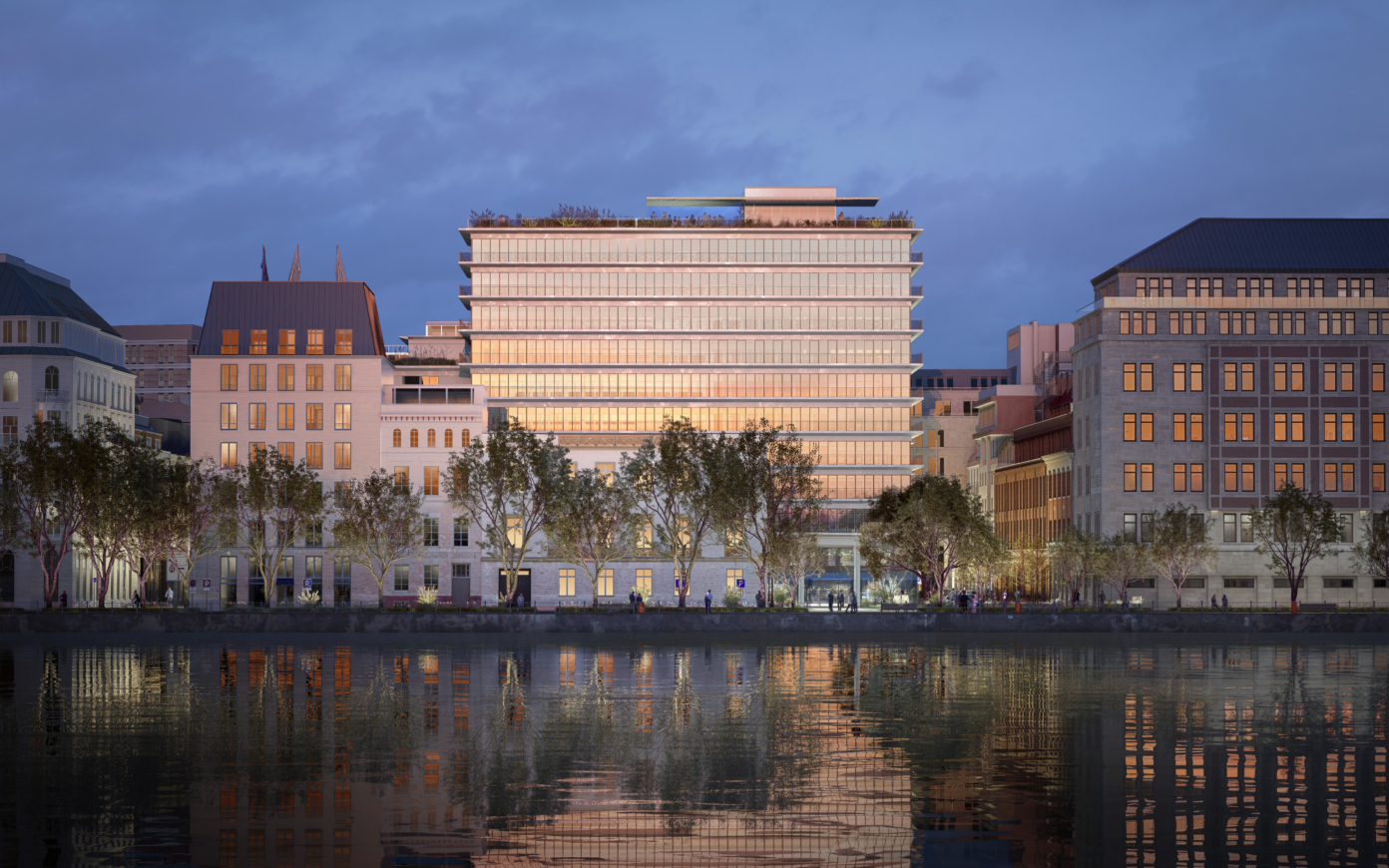
The historic Berenberg Bank building is about to be reborn. Through a contemporary reinterpretation that enhances its architectural legacy, the project breathes new life into a Hamburg icon, transforming its base into vibrant, open, and multifunctional spaces.
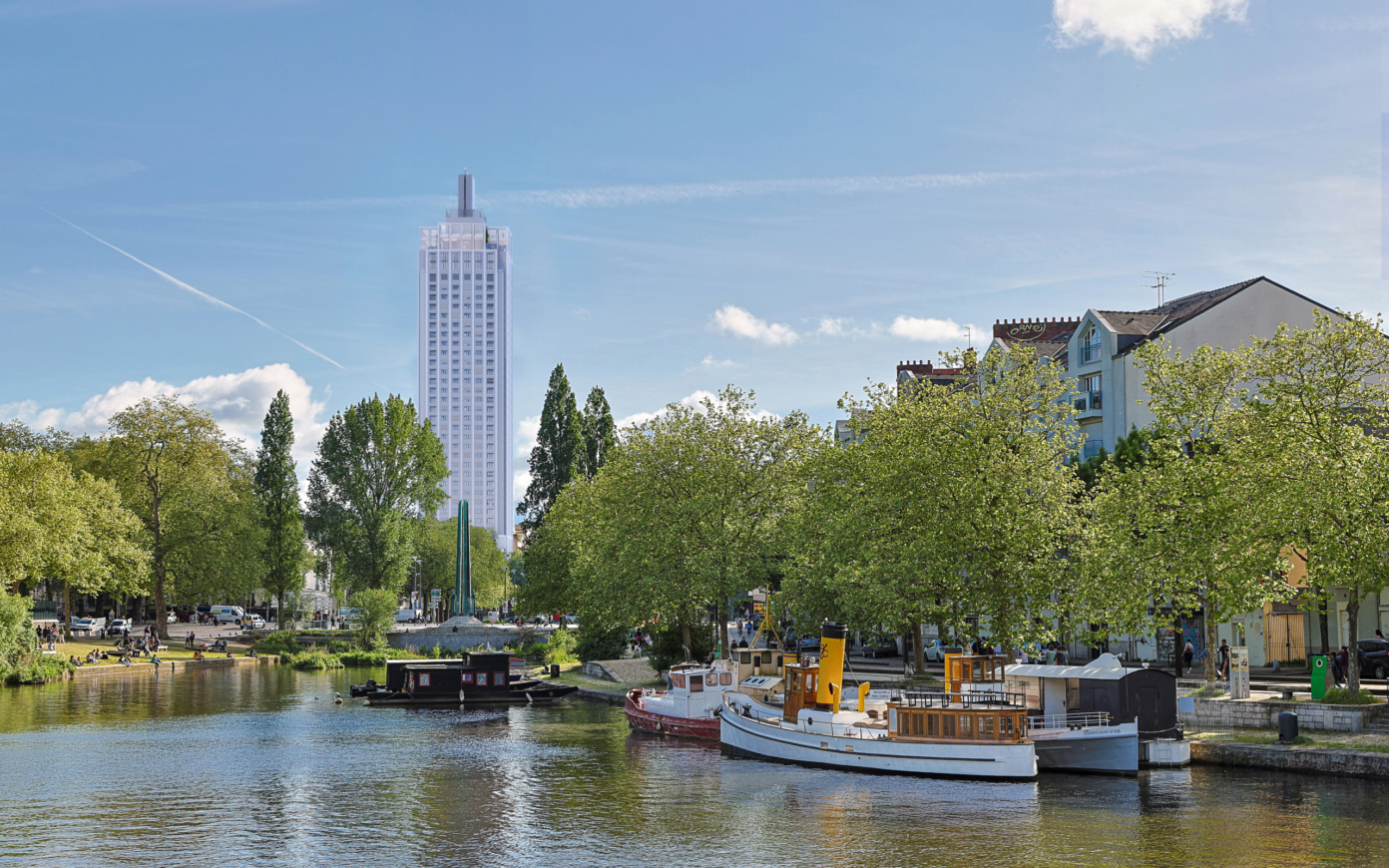
The new Tour Bretagne, a renovation of the emblematic Nantes landmark, offers an opportunity to transform a symbol of the postwar boom, now obsolete, by adapting it to the challenges of our time. The PCA-STREAM – MAGNUM team enhances its elegance and slenderness by converting office spaces into housing, making the project a forerunner of a new era for the city and the metropolis.
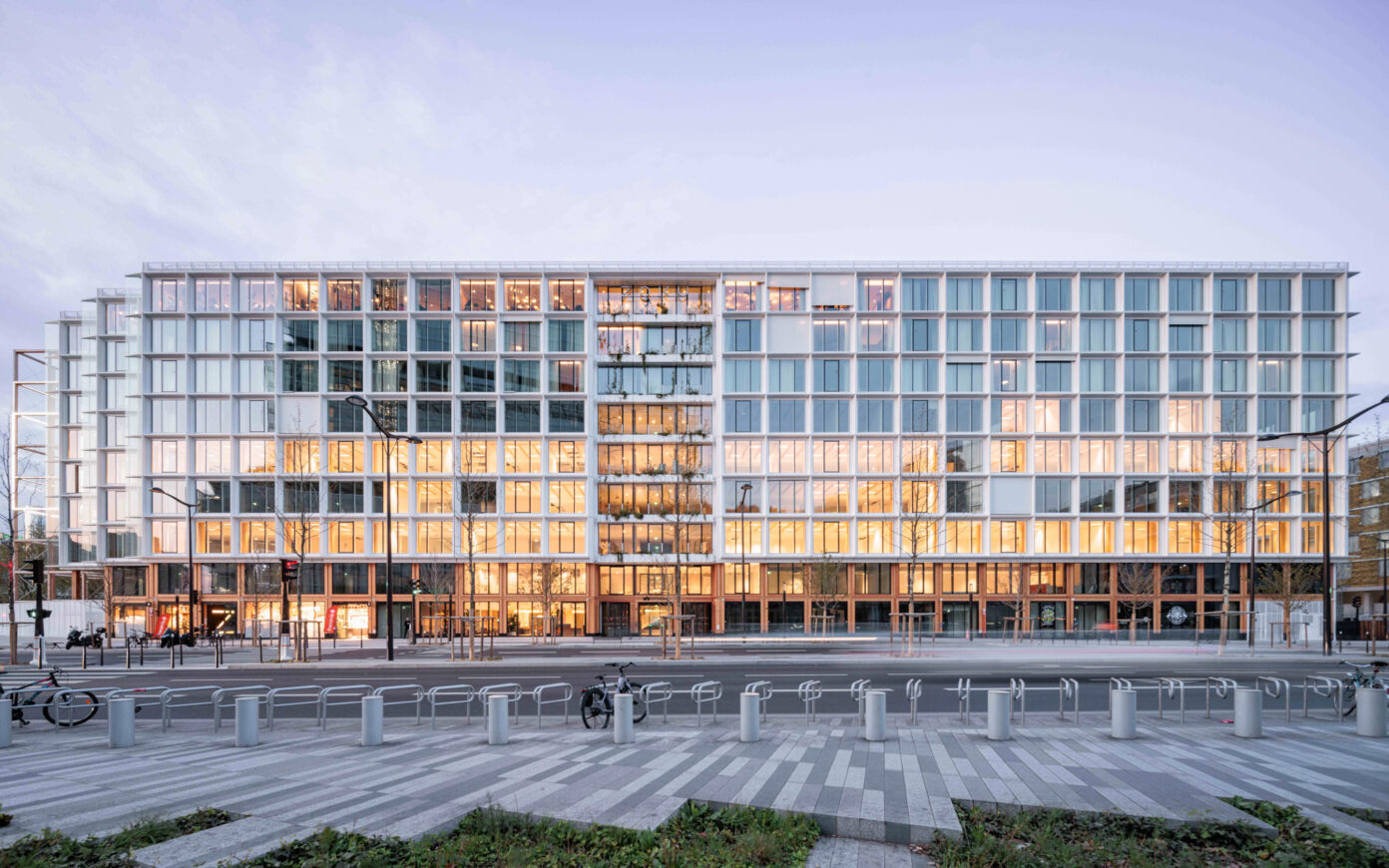
Covivio, Hines France, and PCA-STREAM have come together to create the Stream Building, a manifesto building located at the heart of the new Clichy-Batignolles district that integrates almost fifteen years of research by Stream Lab into innovations addressing the key challenges facing the cities of tomorrow. Circular by design, the Stream Building is a relational and productive hub that will energize this new urban center within the Greater Paris area by concentrating all the activities associated with a vibrant urban life.
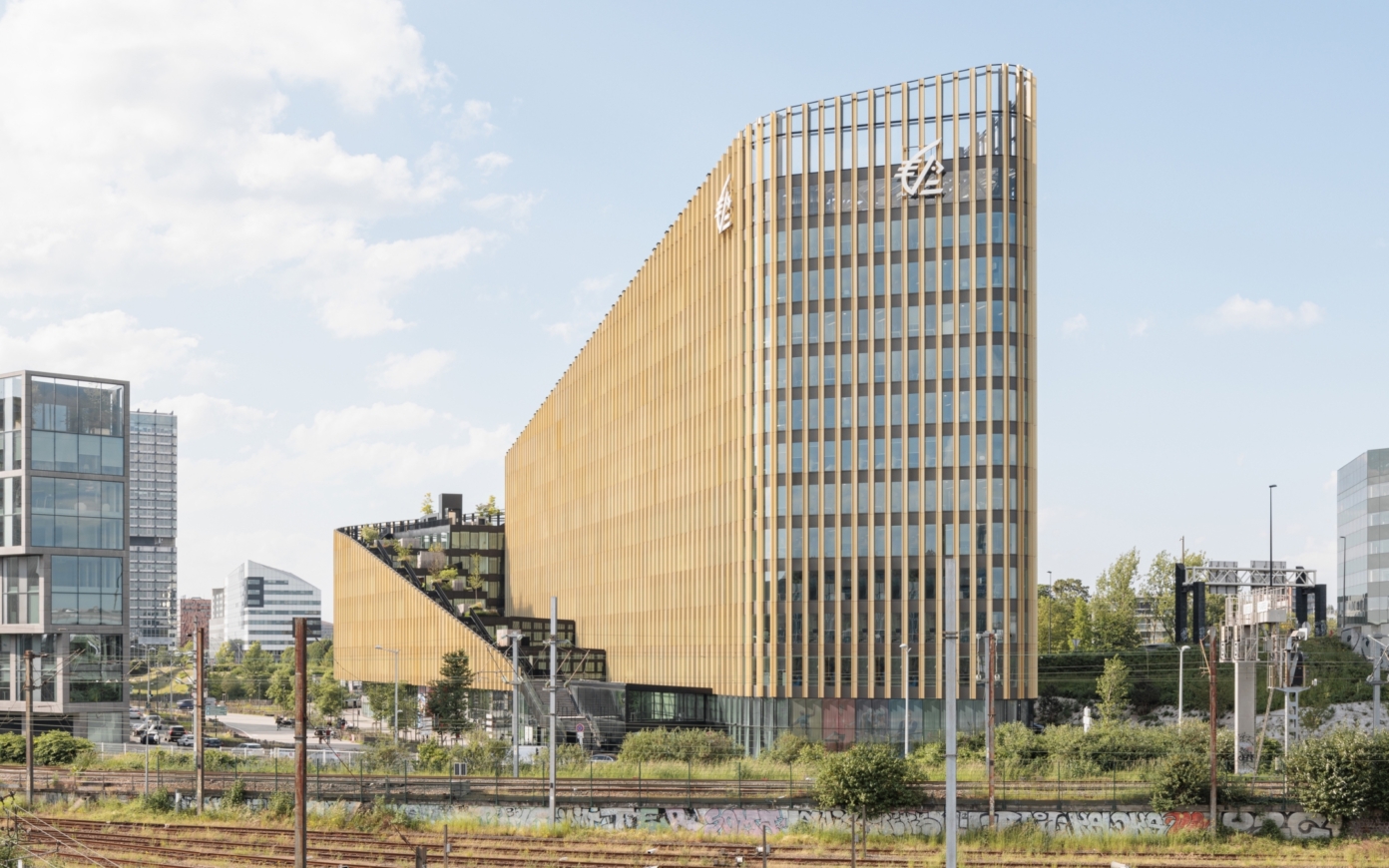
ShAKe offers the Euralille district an atypical and convivial silhouette, with a spiraling planted promenade topped by a belvedere. PCA-STREAM is rethinking the office building, opening it up to the city and its residents, to adapt to the changing face of an increasingly open-plan working world. The form of the building-promenade is an invitation to live and share.
Explorer Toutes les typologies
 stream voices
stream voices
Eager to share more generously the results of its collaborations and research, PCA-STREAM publishes STREAM VOICES, its online magazine!
